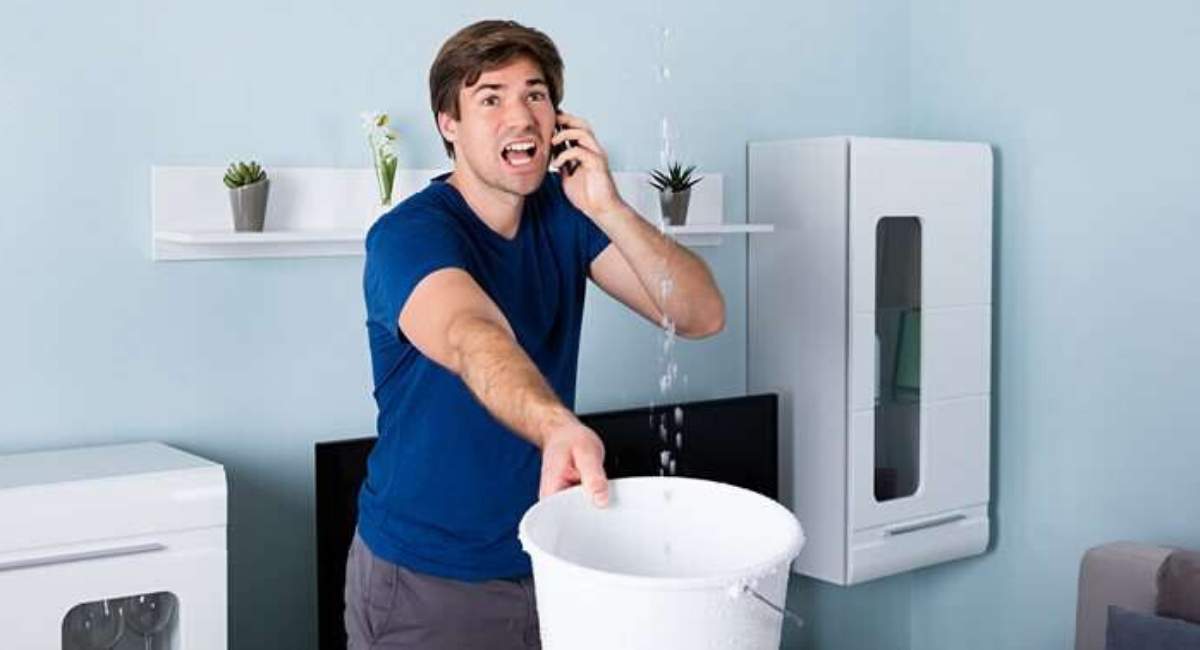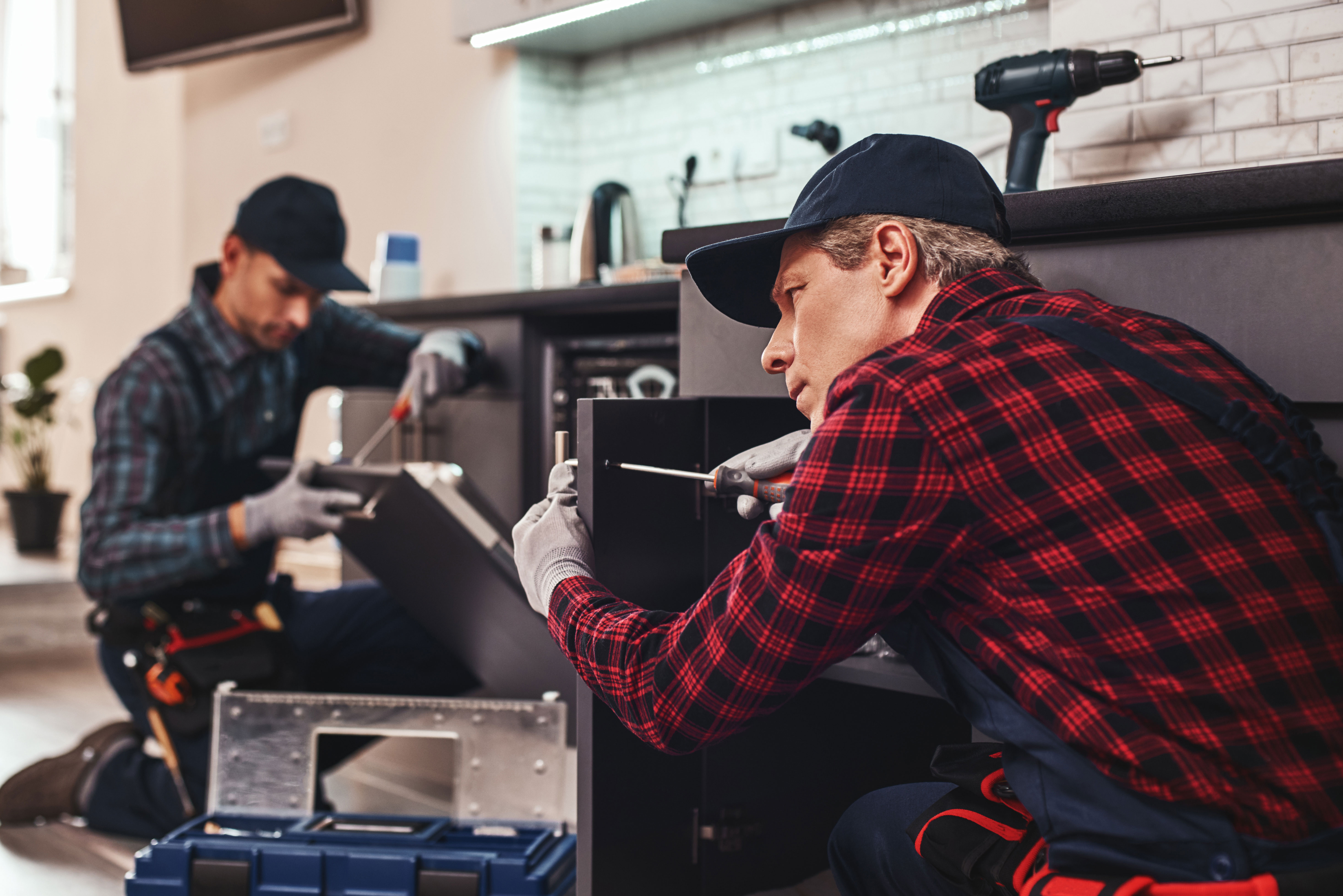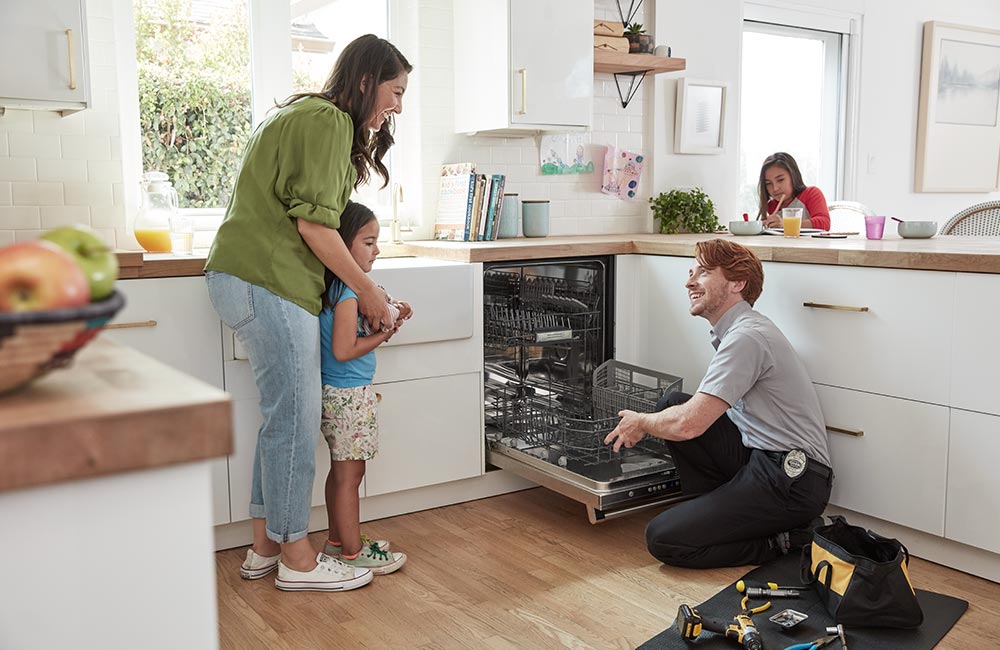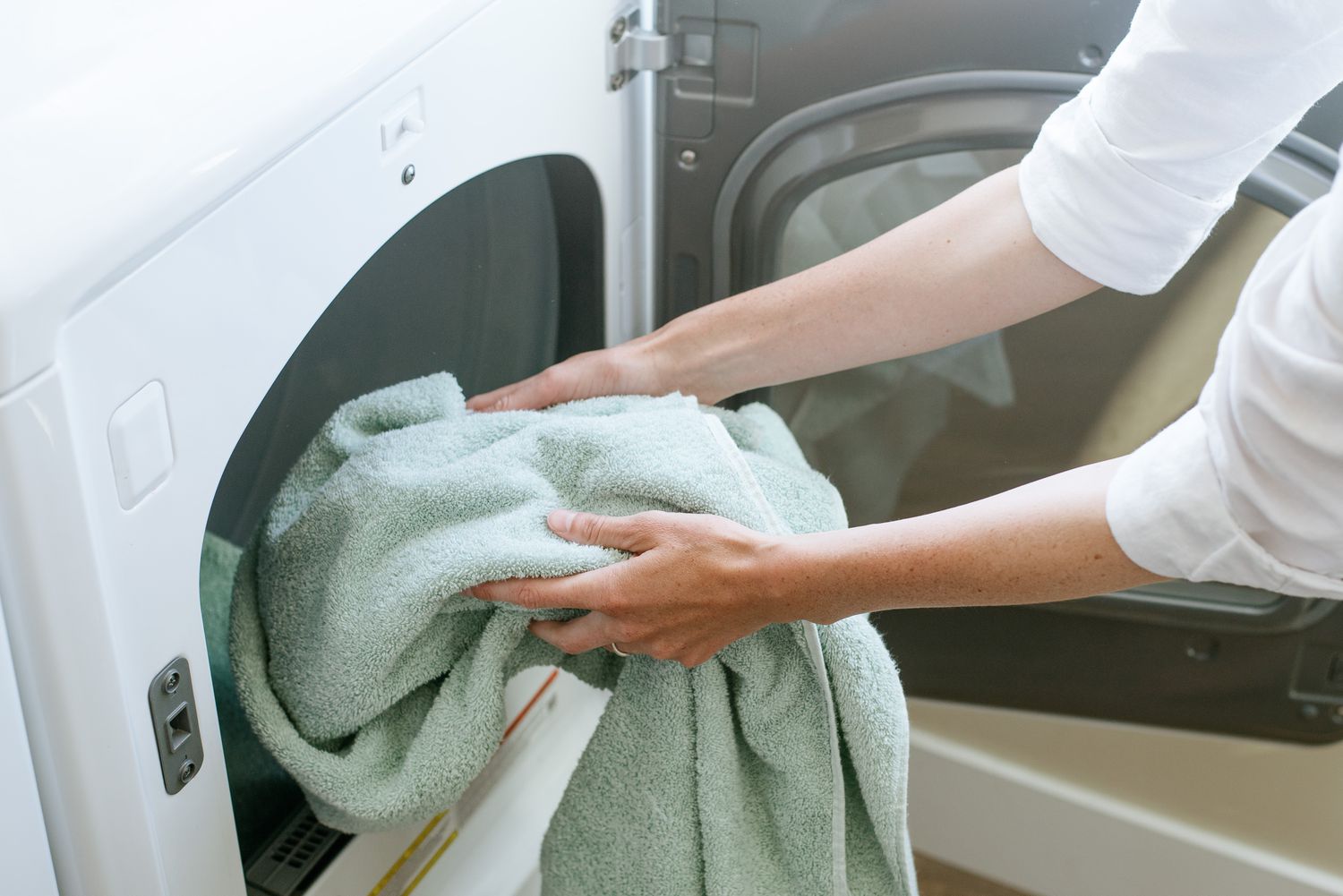Ultimate Guide to Fixing Air Conditioner Leaks and Water Problems
A common issue among air conditioner owners is water leakage or accumulation, stemming from various reasons. This problem can adversely affect the efficiency and performance of the AC unit and even lead to significant damage by wetting indoor areas. In this article, we will explore the common causes of air conditioner leaks and water problems and discuss how to address them. We'll provide practical tips to alleviate your concerns about your AC leaking water and help you run your unit efficiently and smoothly.
Causes of Air Conditioner Leaks
Causes of air conditioner leaks can vary, but they often stem from issues with drainage systems, condensate lines, or internal components. One common culprit is a clogged condensate drain line, which can occur due to dirt, debris, or microbial growth blocking the passage. Additionally, damaged or improperly installed drainage pans can lead to leaks if they fail to collect and divert condensate effectively.
Another potential cause is a frozen evaporator coil, often resulting from restricted airflow or low refrigerant levels. This can cause ice to build up on the coil, which then melts and overflows the drainage system. Moreover, corrosion or cracks in the condensate line can also result in leaks, especially in older systems. Regular maintenance, such as cleaning or replacing filters, inspecting drainage lines, and scheduling professional tune-ups, can help prevent these issues. By addressing potential causes promptly, homeowners can mitigate the risk of air conditioner leaks and ensure efficient operation throughout the cooling season.
Checking and Cleaning Drainage Lines
Resolving water accumulation or leakage issues in an air conditioner involves several troubleshooting steps. Firstly, check the condensate drain line for any clogs or obstructions. Use a wet/dry vacuum to suction out any debris or buildup that may be blocking the line.
Next, inspect the condensate pan and ensure it is properly positioned and free from cracks or damage. If necessary, replace the pan to prevent leaks. Additionally, examine the evaporator coil for signs of ice buildup, which can indicate restricted airflow or low refrigerant levels. Thaw the coil by turning off the system and allowing it to defrost completely before restarting. It's also essential to inspect the drainage system for any corrosion or damage, as this can lead to leaks.
If the issue persists despite these efforts, consider contacting a professional HVAC technician to diagnose and repair any underlying problems with the system. Regular maintenance, such as cleaning or replacing filters and scheduling annual inspections, can help prevent water-related issues and ensure optimal performance from your air conditioner.
What to Do If Your Air Conditioner Isn't Draining
When faced with air conditioner leaks or water accumulation, understanding the underlying causes is crucial for effective resolution. One common culprit is a clogged condensate drain line, often due to dirt, algae, or debris buildup. To address this, start by locating the drain line exit and clearing any blockages using a wet/dry vacuum or a stiff brush.
Another potential issue lies with the condensate pan, which may become damaged or misaligned over time, leading to leaks. Inspect the pan for cracks, rust, or improper positioning, and replace or realign it as needed. Additionally, inadequate insulation around the refrigerant lines can cause condensation to form and drip, resulting in water leaks. Ensure proper insulation to prevent this issue.
Moreover, a dirty or frozen evaporator coil can impede proper drainage and lead to water accumulation. Regularly clean the coil and check for ice buildup, addressing any issues promptly. Lastly, improper installation or sizing of the air conditioning unit can contribute to water-related problems. Ensure the unit is installed level and adequately sized for the space it serves. By addressing these potential issues methodically and proactively, you can mitigate air conditioner leaks and ensure efficient operation of your cooling system.
Repairing Air Conditioner Water Leaks
When dealing with air conditioner leaks and water problems, it's essential to consider the role of the condensate pump. This component plays a crucial role in removing excess moisture from the air conditioning system, preventing water buildup and leaks. However, issues with the condensate pump can arise, leading to water-related problems in your AC unit.
One common issue is a malfunctioning or clogged condensate pump. Over time, dust, dirt, and debris can accumulate in the pump, hindering its ability to function properly. This can result in water not being effectively pumped out of the system, leading to leaks and water damage.
To address this problem, start by inspecting the condensate pump for any visible signs of damage or clogging. Clean the pump thoroughly, removing any debris that may be obstructing its operation. You may also need to check the pump's float switch, which can become stuck or malfunction, preventing the pump from activating when needed.
In some cases, the condensate pump may need to be repaired or replaced entirely if it is damaged beyond repair. This is a more involved process and may require the assistance of a professional HVAC technician.
Additionally, inadequate maintenance of the condensate pump can contribute to its failure. Regular cleaning and maintenance of the pump can help prevent issues and ensure that it operates efficiently.
By addressing issues with the condensate pump promptly and ensuring proper maintenance, you can prevent water-related problems in your air conditioning system and maintain efficient operation.
When to Seek Professional Help
When troubleshooting air conditioner leaks and water problems, it's essential to examine the condensate drain line thoroughly. This component serves a critical function in removing excess moisture from the air conditioning system, but issues with the drain line can lead to water-related issues in your AC unit.
One common problem is a clogged condensate drain line, often caused by a buildup of algae, mold, dirt, or debris over time. This buildup obstructs the flow of water, causing it to back up and potentially leak into your home.
To address this issue, start by locating the condensate drain line, usually located near the outdoor unit of your air conditioner. Inspect the line for any visible signs of clogging, such as standing water or debris accumulation. If clogging is detected, you can attempt to clear the blockage using various methods.
One method is to use a wet/dry vacuum to suction out the clog from the drain line. Alternatively, you can use a stiff brush or wire to dislodge the debris manually. Once the clog is cleared, flush the drain line with a mixture of bleach and water to kill any remaining algae or mold and prevent future buildup.
In some cases, the condensate drain line may become disconnected or damaged, leading to leaks. Inspect the line for any signs of damage or disconnection and repair or reconnect it as needed.
Regular maintenance of the condensate drain line is crucial to prevent clogs and leaks. Consider scheduling annual professional HVAC maintenance to ensure that the drain line is inspected, cleaned, and maintained properly.
By addressing issues with the condensate drain line promptly and performing regular maintenance, you can prevent water-related problems in your air conditioning system and maintain efficient operation.







